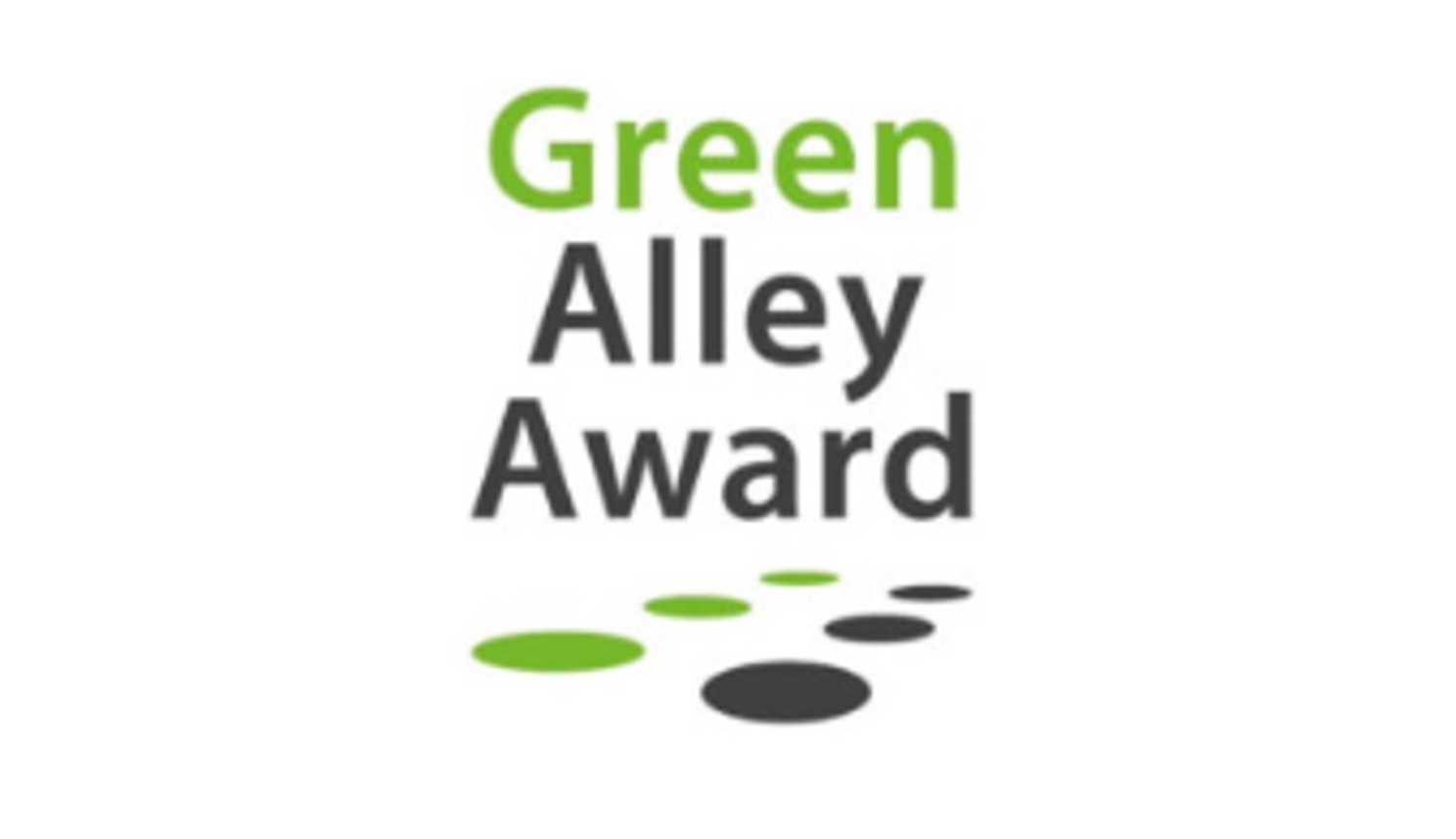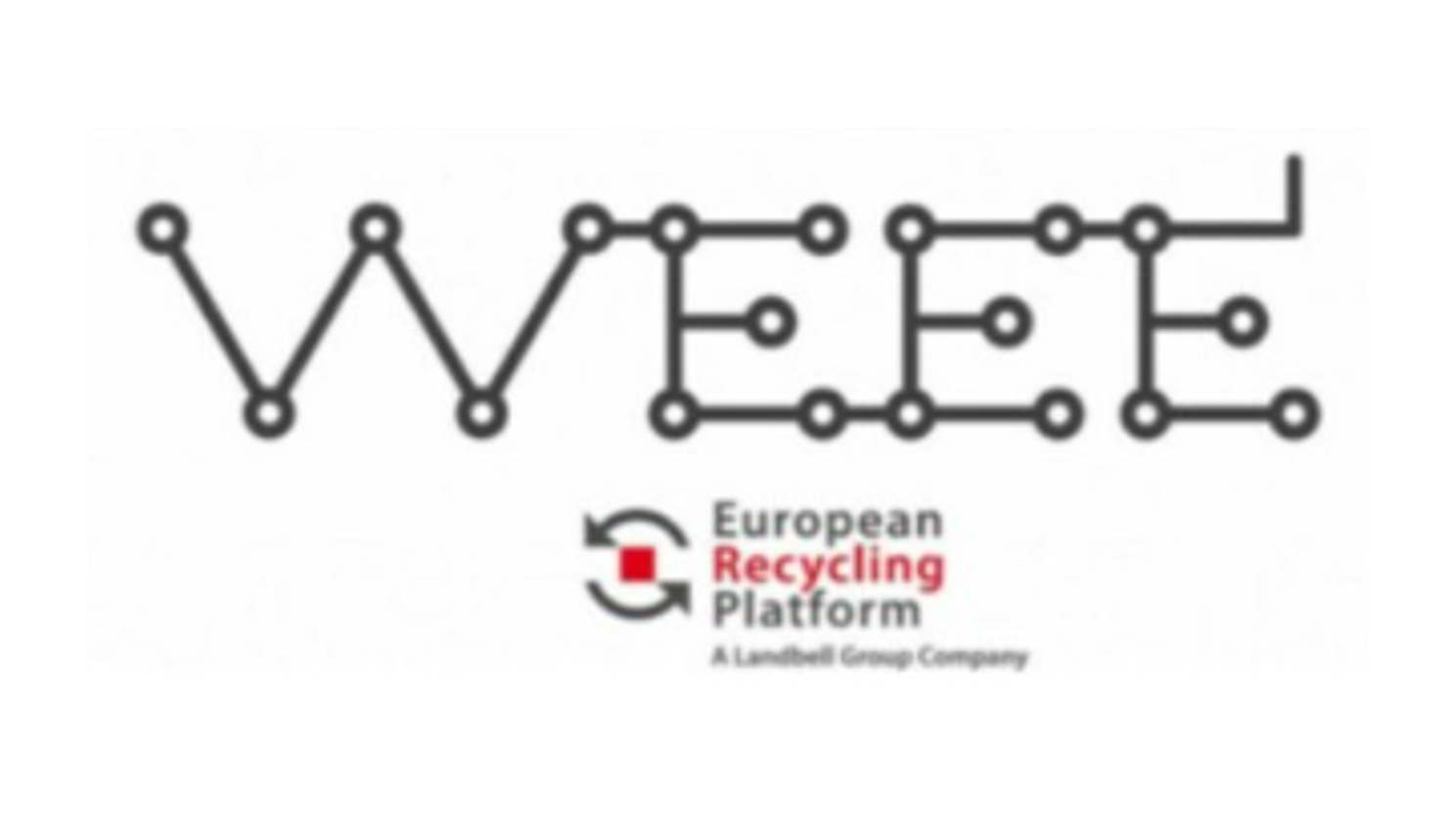Resource Center
Get to know the world of recycling
Your resources
We always aim to reduce complexity. Our learning centre helps to do just that. Here, you’ll find information and educational material related to waste management and compliance, WEEE, batteries, packaging recycling, the circular economy, and corporate social responsibility (CSR).
Services
Why we need to recycle
As consumers buy more and more products (such as electronic devices), product lifecycles consistently decrease. This increases waste volume, such as discarded packaging and batteries and disused devices.
Effective recycling solutions benefit people, businesses, and the environment
Resources
Recycling saves valuable raw materials and conserves energy.
Space
Our space is finite;
recycling reduces dramatically the need to allocate land for waste disposal.
Environment & health
A safer and greener environment improves the quality and enjoyment of our lives.
Energy savings
Recycling means we consume fewer materials, have less waste to treat, and spend less energy mining and refining new raw materials.
废物回收的过程
什么是便携式电池?
电池或蓄能器是将化学能直接转换为电能的电源,由一个或多个主电池单元(不可充电)或一个或多个次级电池单元(可充电)组成。
多数类型的电池都含有带毒性的重金属,包括镍、镉和汞。这些金属均可回收和重复利用。
回收电池是一种环保的行为,因为这可以避免将废旧电池送入垃圾填埋场,防止电池中的重金属渗入地下,从而污染土壤和水,危及动植物的生命。如果将电池与生活垃圾一起焚烧,那么其中的重金属也会造成空气污染。
Large domestic appliances
This category includes appliances such as washing machines, cookers, dishwashers and tumble dryers.
The first stage of recycling is decontamination: cables and other electrical components are removed; ballasts, plastics, iron compounds and other metals are separated and recovered. These materials are then sent for further processing and recovery.
Recycling Process
- Pre-shedding
decontamination - Shredding
- Separation
02. Tab Content
02. Content
03. Tab Content
03. Content
News & Events
最新资讯和展会
ERP不仅包含回收流程及合规服务,它还是一个拓展关系的平台。ERP通过分享知识、见解和咨询,让大家共同推进可持续发展战略。
News
10月 14th, 2022
“Recycle it all, no matter how small”
News
5月 2nd, 2022
This year’s Green Alley Award goes to the German start-up Voltfang


